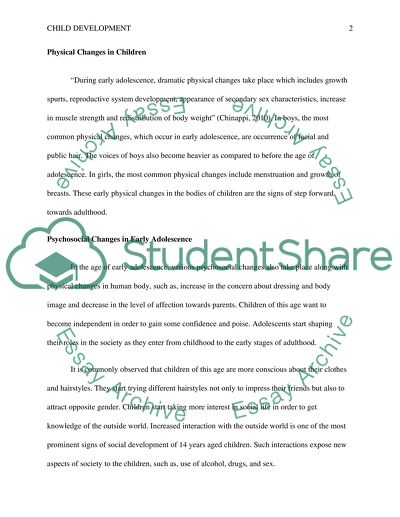Retrieved from https://studentshare.org/family-consumer-science/1410315-describe-a-development-assessment-on-a-14-years-old-child-including-the-expected-psychosocial-behaviors
https://studentshare.org/family-consumer-science/1410315-describe-a-development-assessment-on-a-14-years-old-child-including-the-expected-psychosocial-behaviors.


